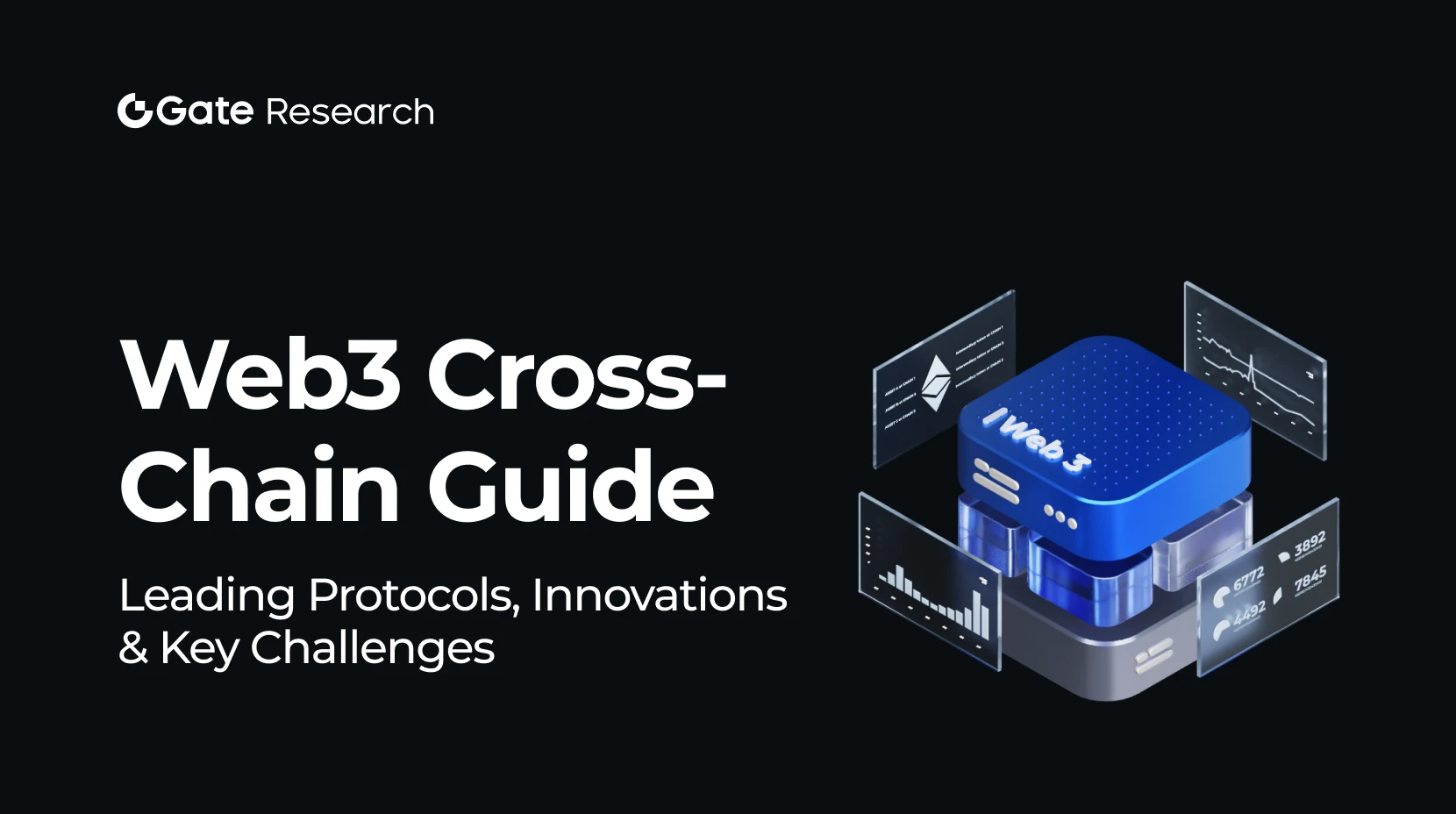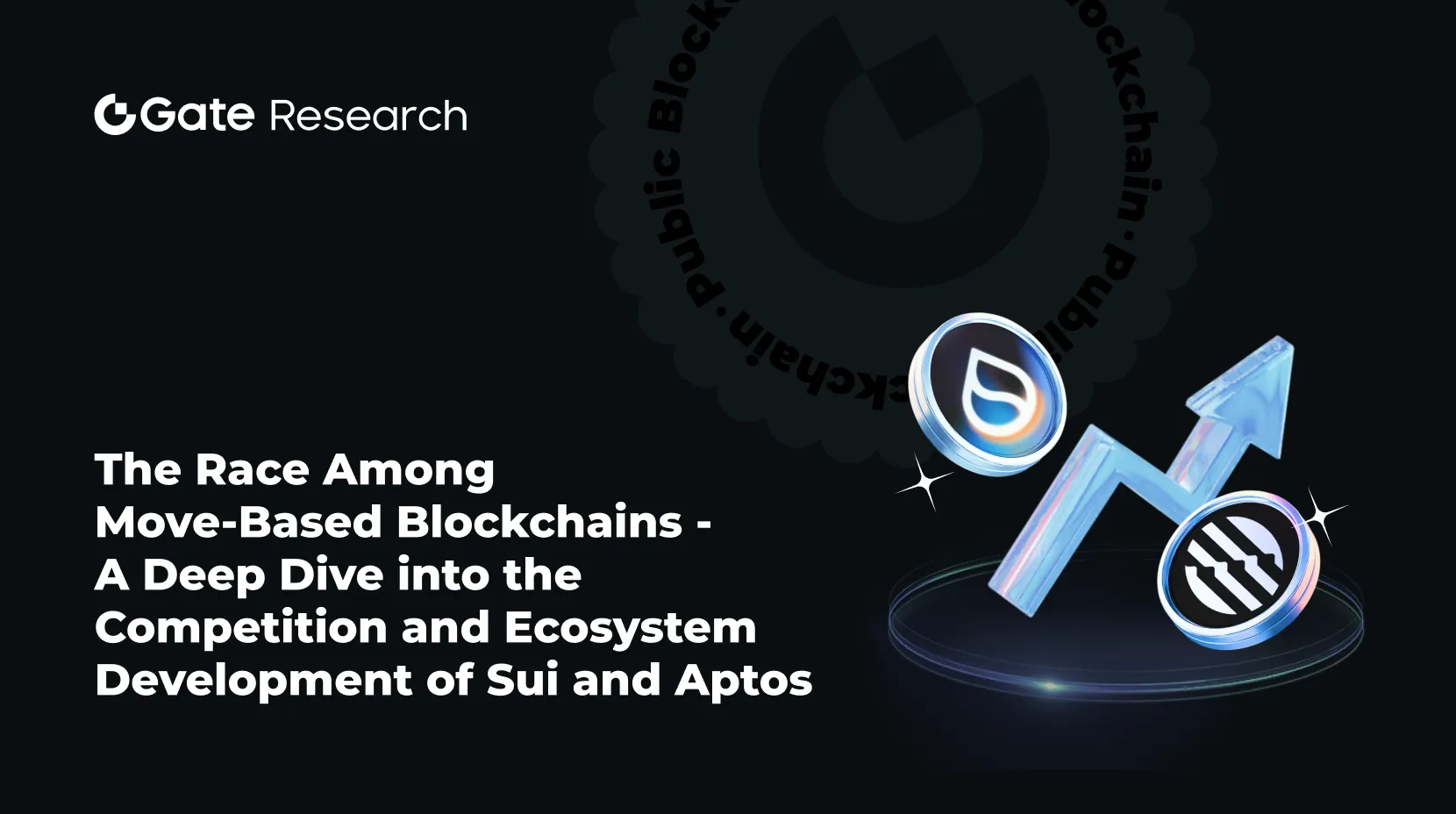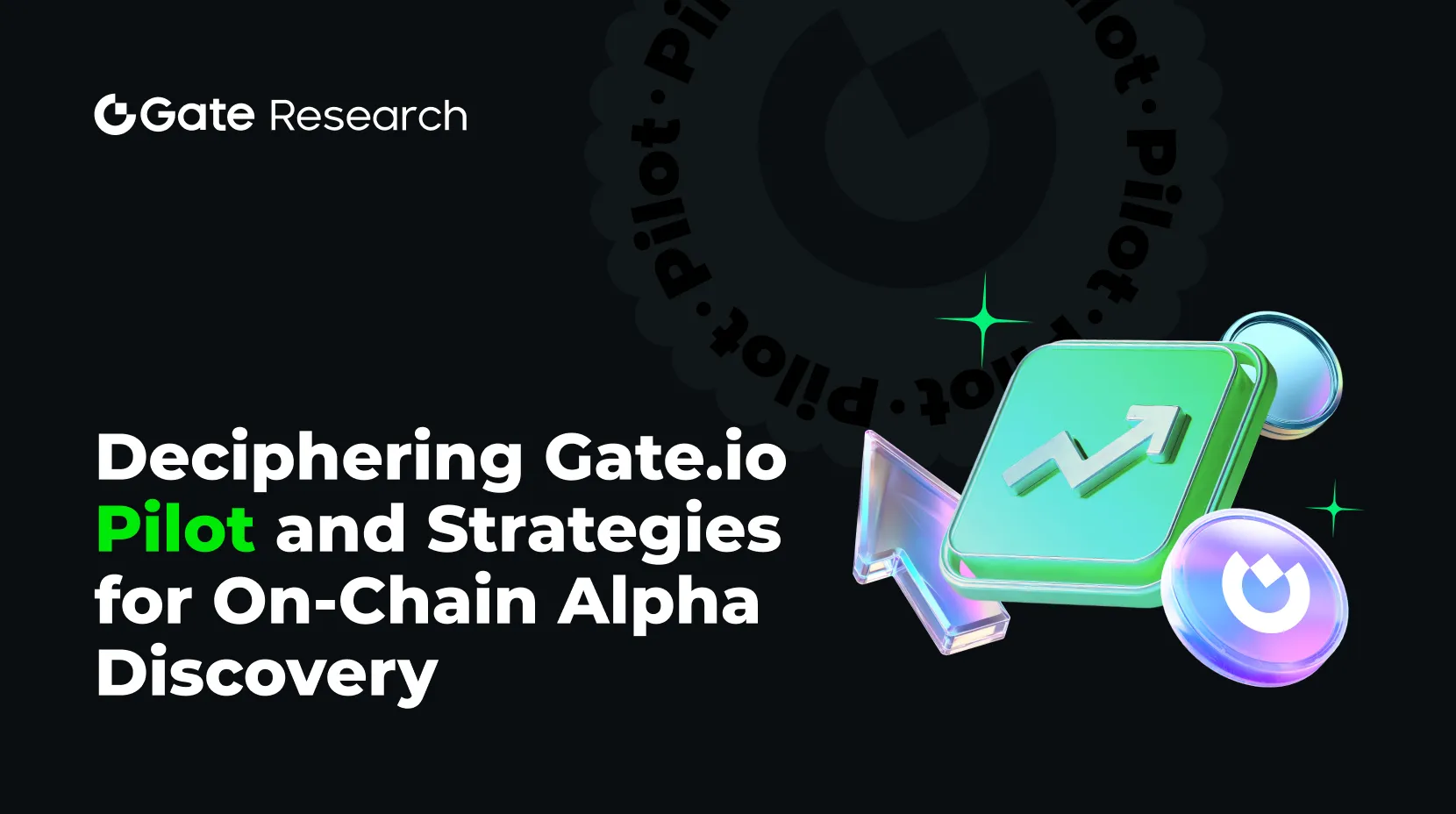Gate Research: O Setor SVM em Ascensão - A Próxima Descoberta no Ecossistema Solana?
3/20/2025, 4:50:52 AM
Baixar o Relatório Completo (PDF)
Com suas impressionantes vantagens de desempenho, SVM está emergindo como um importante impulsionador do crescimento para ecossistemas descentralizados, desempenhando um papel crucial na expansão do ecossistema da Solana. Este artigo examina o setor SVM, atualmente avaliado em aproximadamente $444 milhões, e explora como projetos inovadores como Sonic SVM, Eclipse e Solayer estão impulsionando o ecossistema da Solana através de parcerias com TikTok, soluções de Camada 2 e aceleração de hardware. Ele também analisa os desafios e oportunidades do setor em dimensões técnicas, de ecossistema, econômicas e regulatórias, oferecendo aos leitores insights abrangentes de mercado.Abstrato
- O desenvolvimento do setor SVM pode ser dividido em três fases: a fase de fundação tecnológica (antes de 2023), a fase emergente do ecossistema (2023-2024) e a fase de crescimento explosivo (a partir de 2025). O ano de 2025 é considerado o ano de ruptura para o setor SVM, marcado pelo entusiasmo crescente do mercado, iterações tecnológicas aceleradas e rápida expansão do ecossistema.
- Setor SVM explode nas redes sociais: No início de 2025, as menções e alcance nas redes sociais mostraram uma tendência significativamente crescente, com o alcance máximo atingindo 2,5 milhões por dia (fonte de dados: Brand24).

- Ainda com uma pequena capitalização de mercado, indicando estágios iniciais de desenvolvimento: Em 17 de fevereiro de 2025, a capitalização de mercado do setor SVM rastreada de forma independente estava em cerca de $444 milhões, representando apenas 0,013% da capitalização de mercado total da indústria de criptomoedas.

- Capital racing to invest, ecosystem poised for growth: Investimentos no ecossistema SVM mostram três tendências-chave: foco intenso em infraestrutura, apostas na inovação e posicionamento agressivo dentro do setor.

- Existem três razões-chave para a introdução do SVM pela Solana: o resultado inevitável de seu gargalo de desempenho, desbloqueando possibilidades diversas dentro do ecossistema da Solana e uma jogada estratégica para enfrentar a concorrência.
- Novas forças emergindo no ecossistema SVM: Sonic SVM está criando um novo ponto de entrada de jogos Web3 por meio de uma profunda colaboração com o TikTok; Eclipse é a primeira solução Ethereum Layer 2 alimentada pela Máquina Virtual Solana, integrando vantagens multi-cadeia; Solayer foca em SVM acelerado por hardware para romper os gargalos de desempenho da rede Solana.
- Múltiplos desafios pela frente: No aspecto técnico, equilibrar desempenho e escalabilidade, otimizar algoritmos de processamento paralelo e aprimorar a maturidade das ferramentas de desenvolvedor são desafios-chave. Abordar a competição entre cadeias, superar problemas de inicialização a frio e lidar com problemas de MEV continuam sendo questões críticas no aspecto do ecossistema. Projetar uma economia de token sustentável para evitar fragmentação de liquidez e atrito entre cadeias é essencial no modelo econômico. No aspecto regulatório, gerenciar conflitos entre requisitos de KYC e anonimato e mitigar o risco de classificação de títulos de token são preocupações importantes.
(Clique abaixo para acessar o relatório completo)
Pesquisa Gate
Gate Research é uma plataforma abrangente de pesquisa em blockchain e criptomoedas que fornece aos leitores conteúdo detalhado, incluindo análise técnica, insights quentes, revisões de mercado, pesquisa de indústria, previsões de tendências e análise de políticas macroeconômicas.
Clique no Linkpara aprender mais
Autor: Ember、Addie
Tradutor: Sonia
Revisores: Mark、Wayne、Evelyn、Edward、Elisa
Revisor(es) de Tradução: Ashley、Joyce
* As informações não pretendem ser e não constituem aconselhamento financeiro ou qualquer outra recomendação de qualquer tipo oferecida ou endossada pela Gate.
* Este artigo não pode ser reproduzido, transmitido ou copiado sem referência à Gate. A contravenção é uma violação da Lei de Direitos Autorais e pode estar sujeita a ação legal.
Artigos Relacionados

Avançado
Gate Research: Uma Visão Abrangente dos Serviços Cross-Chain Web3 - Protocolos Principais, Inovações e Desafios
A tecnologia de interoperabilidade entre cadeias desempenha um papel crucial ao possibilitar a interoperabilidade entre diferentes redes blockchain e é essencial para o avanço da Web3. Em vez de apenas abordar pontes de interoperabilidade bem conhecidas, este artigo mergulha profundamente nas principais soluções de interoperabilidade na indústria atual. Ele explora protocolos de interoperabilidade importantes, como LayerZero, Wormhole e Axelar, juntamente com tendências emergentes como abstração de cadeia, sistemas baseados em intenção e agregação de cadeia (Agglayer). A análise se concentra nos princípios fundamentais, casos de uso e impacto no mercado dessas soluções. Ao examinar a tecnologia de interoperabilidade entre cadeias de uma perspectiva técnica, este artigo destaca seu potencial para aprimorar a interoperabilidade do ecossistema blockchain e a liquidez de ativos, oferecendo insights valiosos e perspectivas futuristas para profissionais da indústria.
3/13/2025, 4:41:48 AM

Avançado
Gate Research: A Corrida Entre Blockchains Baseados em Move - Uma Profunda Análise da Competição e Desenvolvimento do Ecossistema de Sui e Aptos
Com os contextos semelhantes de Sui e Aptos, o debate sobre qual emergirá como líder no espaço blockchain baseado em Move continua a se intensificar. Este relatório adota uma abordagem orientada por dados para explorar o desempenho geral dos ecossistemas Sui e Aptos em 2024. Ele abrange aspectos-chave como desempenho de rede, crescimento de usuários, fluxos de capital, desenvolvimento de ecossistemas e desempenho de tokens, oferecendo uma análise abrangente de seu progresso.
3/6/2025, 5:37:06 AM

intermediário
Pesquisa Gate: Decifrando o Piloto da Gate.io e Estratégias para Descoberta de Alfa On-Chain
O Gate.io Pilot destaca-se como uma plataforma de negociação inovadora que preenche a lacuna entre as bolsas descentralizadas e centralizadas. Ao alavancar a triagem rápida de projetos e processos de listagem eficientes, ele abre oportunidades de negociação acessíveis para investidores, ao mesmo tempo que ajuda projetos promissores a obter exposição valiosa no mercado. Nesta análise, exploraremos as características da plataforma e examinaremos a abordagem estratégica da Gate.io para identificar oportunidades promissoras on-chain.
2/28/2025, 6:03:04 AM

iniciantes
O que é o PolygonScan e como você pode usá-lo? (Atualização 2025)
PolygonScan é um explorador de blockchain que permite aos usuários acessar detalhes de transações publicamente compartilhados na rede Polygon. Na atualização de 2025, agora processa mais de 5 bilhões de transações com confirmações em milissegundos, apresenta ferramentas de desenvolvedor aprimoradas, integração com Layer 2, análises avançadas, recursos de segurança melhorados e uma experiência móvel redesenhada. A plataforma ajuda os usuários a rastrear transações e obter insights mais profundos sobre o fluxo de ativos no crescente ecossistema da Polygon, que agora abriga 3,2 milhões de endereços ativos diários e $8,7 bilhões em valor total bloqueado.
11/11/2023, 6:20:25 PM

iniciantes
O que é Bitcoin?
Bitcoin, a primeira criptomoeda usada com sucesso no mundo, é uma rede descentralizada de pagamento digital peer-to-peer inventada por Satoshi Nakamoto. O Bitcoin permite que os usuários negociem diretamente sem uma instituição financeira ou terceiros.
11/21/2022, 10:12:36 AM

intermediário
O que é EtherVista, o autoproclamado "Novo Padrão para DEX"?
Este artigo fornece uma análise aprofundada da emergente exchange descentralizada (DEX) EtherVista e seu token de plataforma, VISTA. Explora como a EtherVista visa desafiar o modelo existente de AMM (Automated Market Maker), especialmente o da Uniswap, por meio de seus mecanismos de negociação exclusivos e modelo de distribuição de taxas. O artigo também explora os contratos inteligentes da EtherVista, a tokenomia e como atrai usuários ao oferecer taxas de gás baixas e um inovador sistema de distribuição de receitas.
9/10/2024, 3:49:43 PM